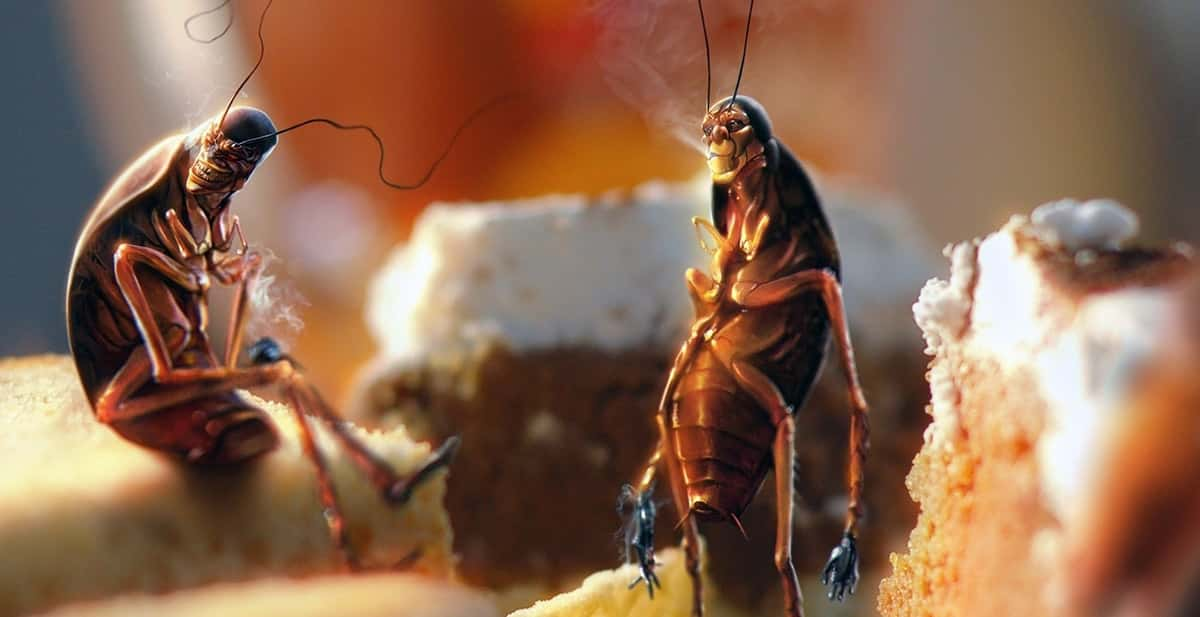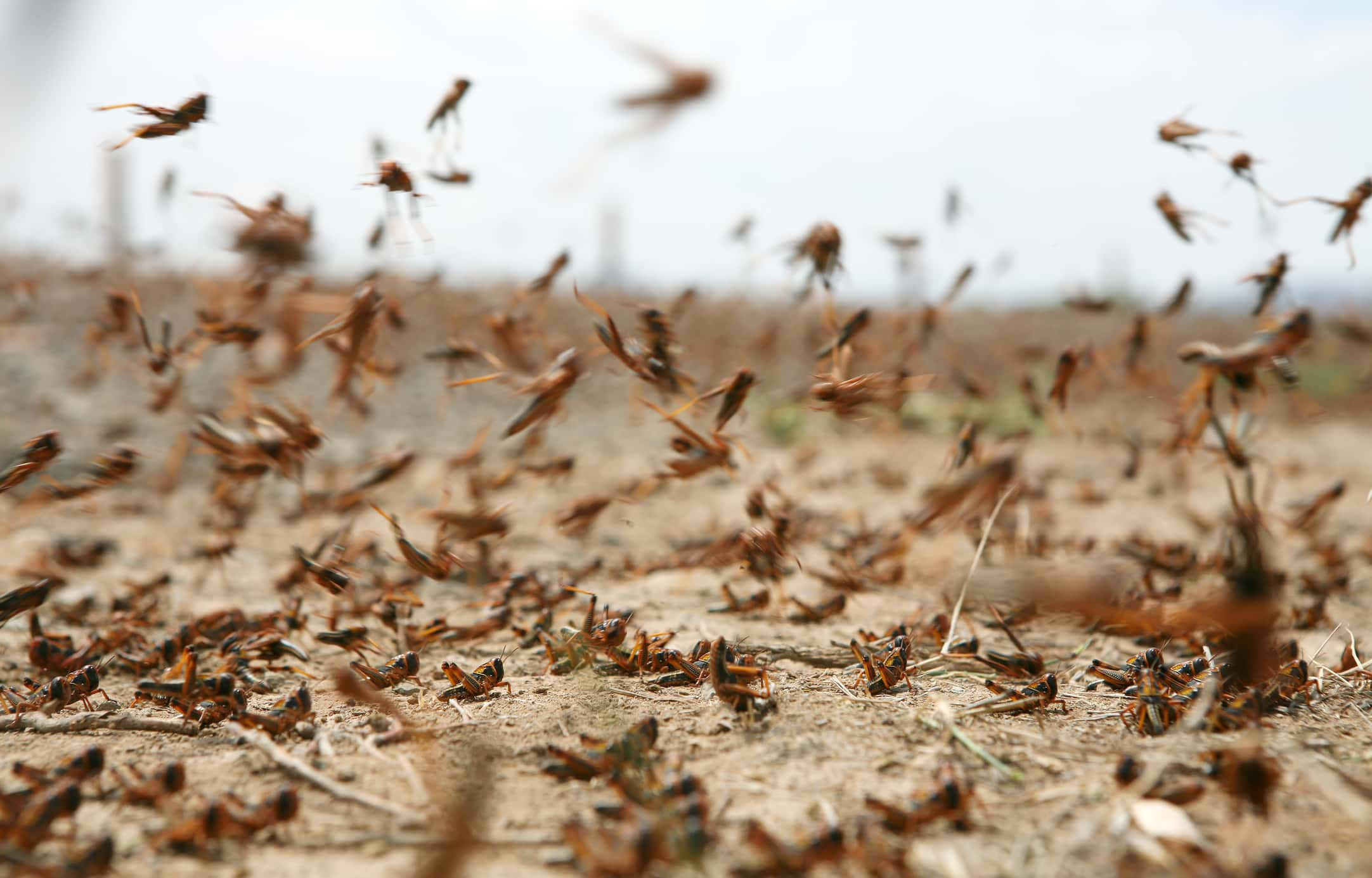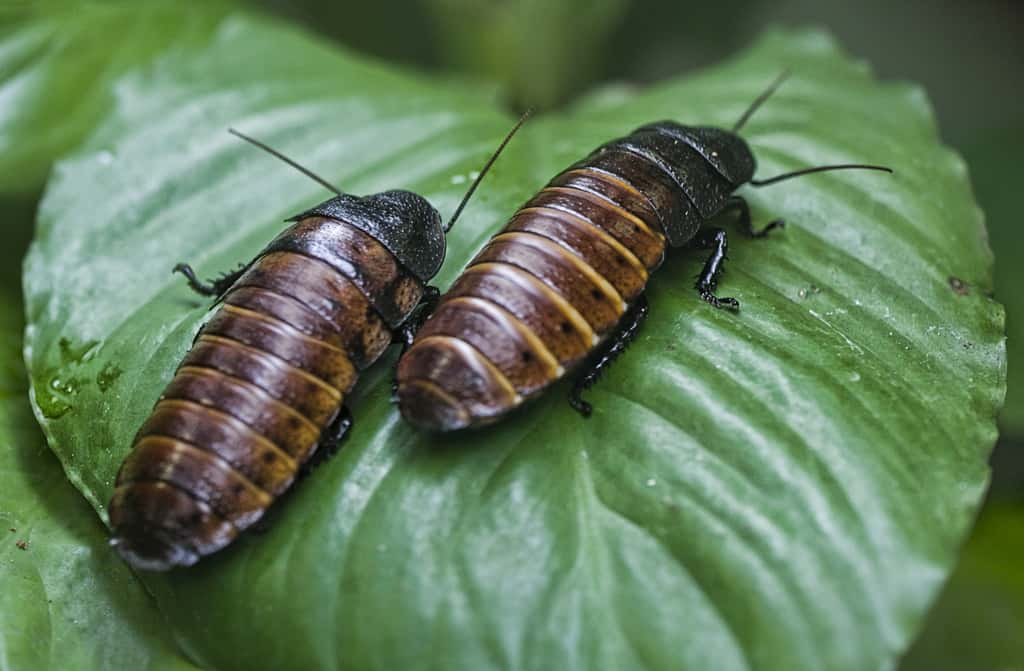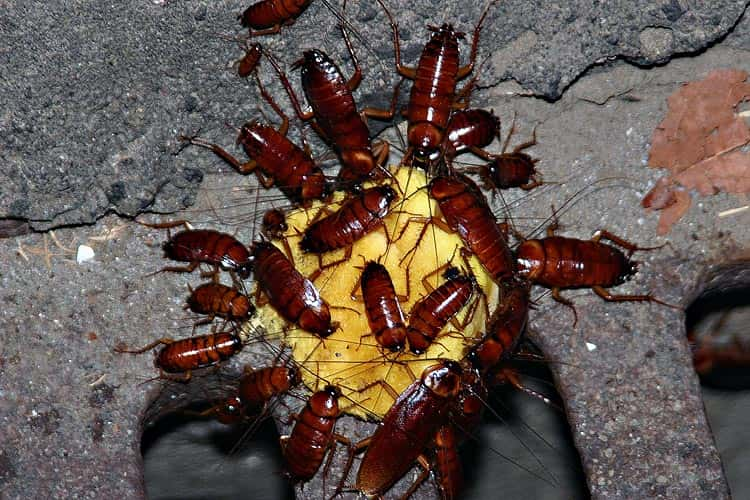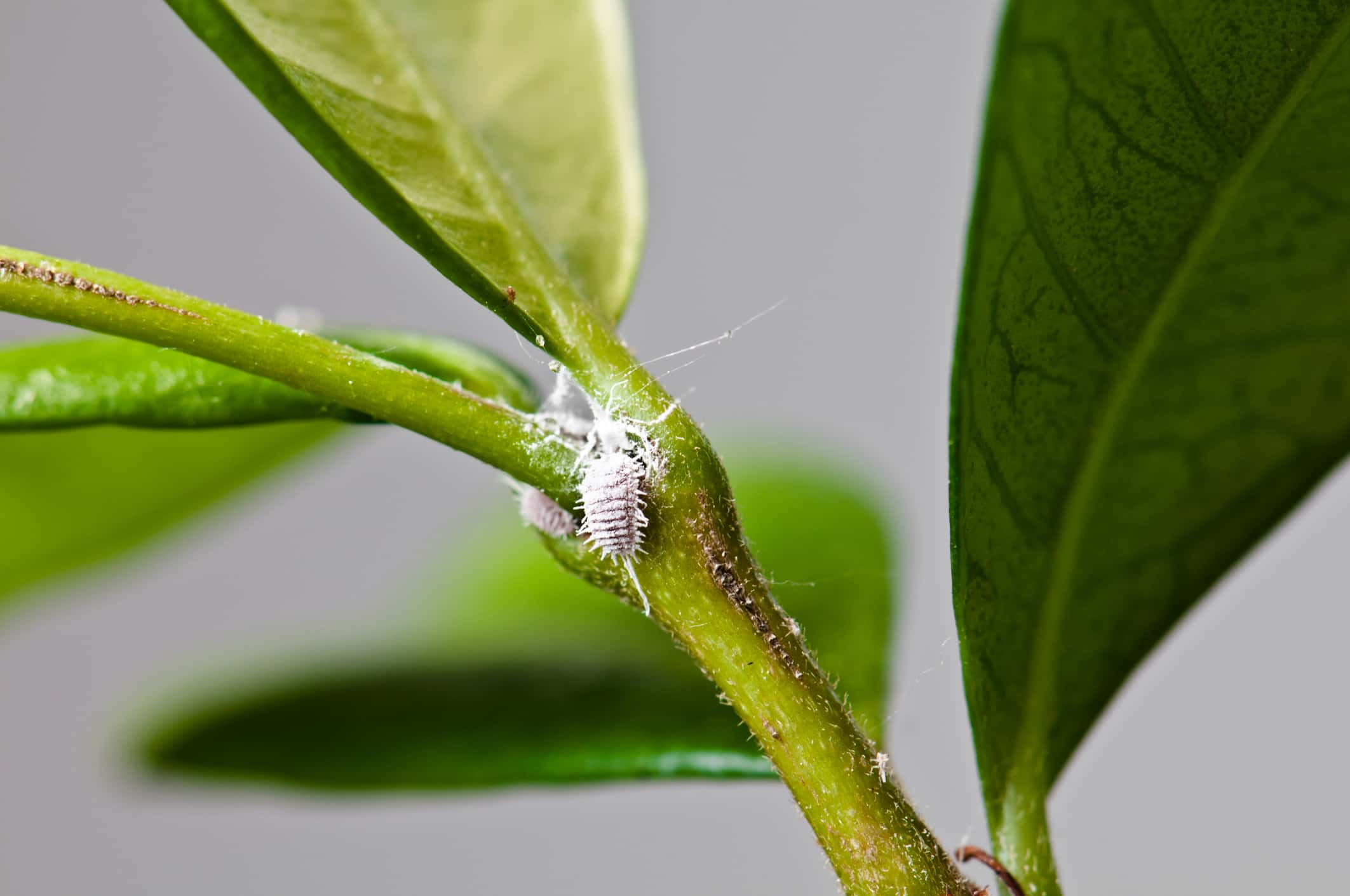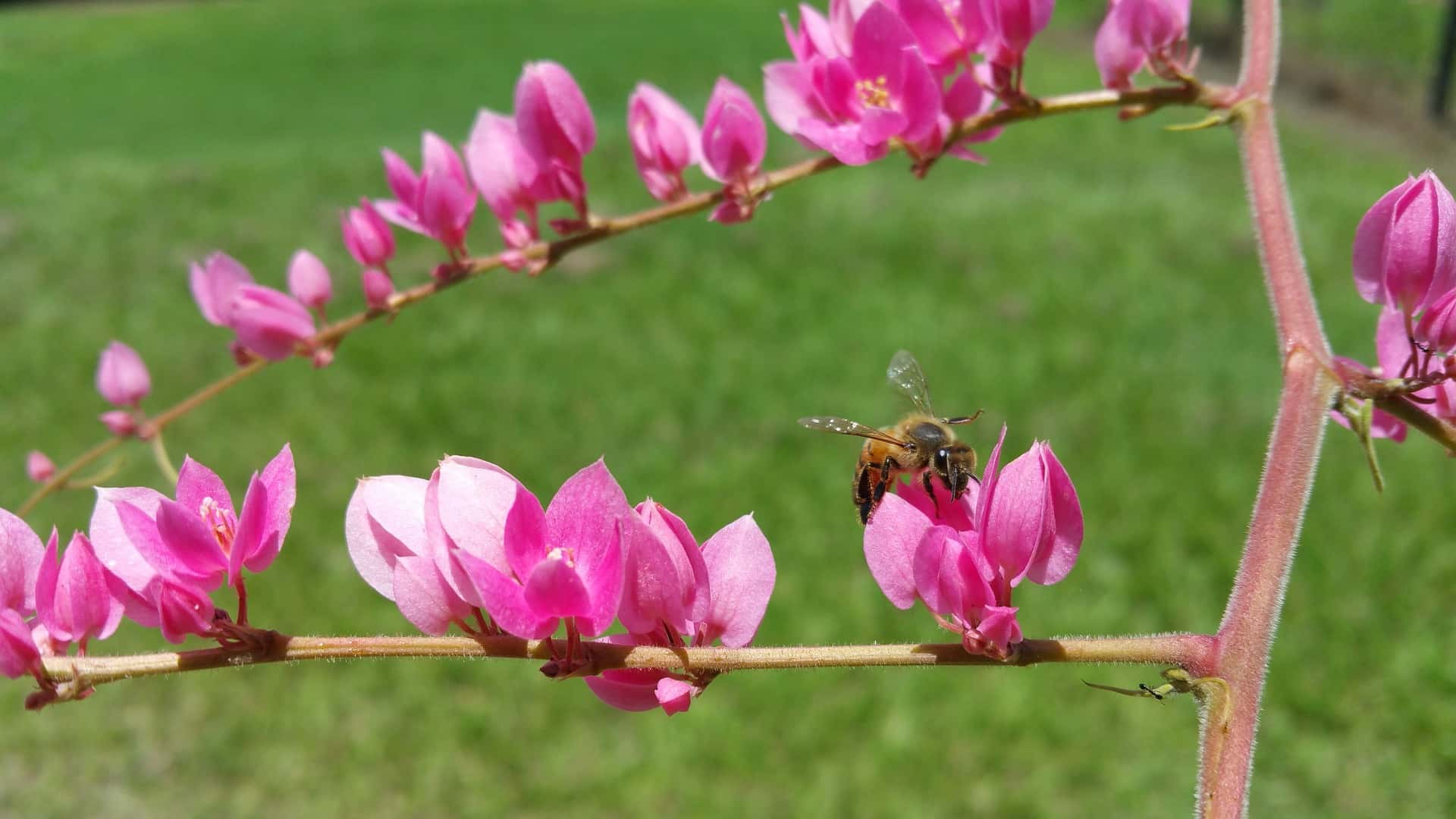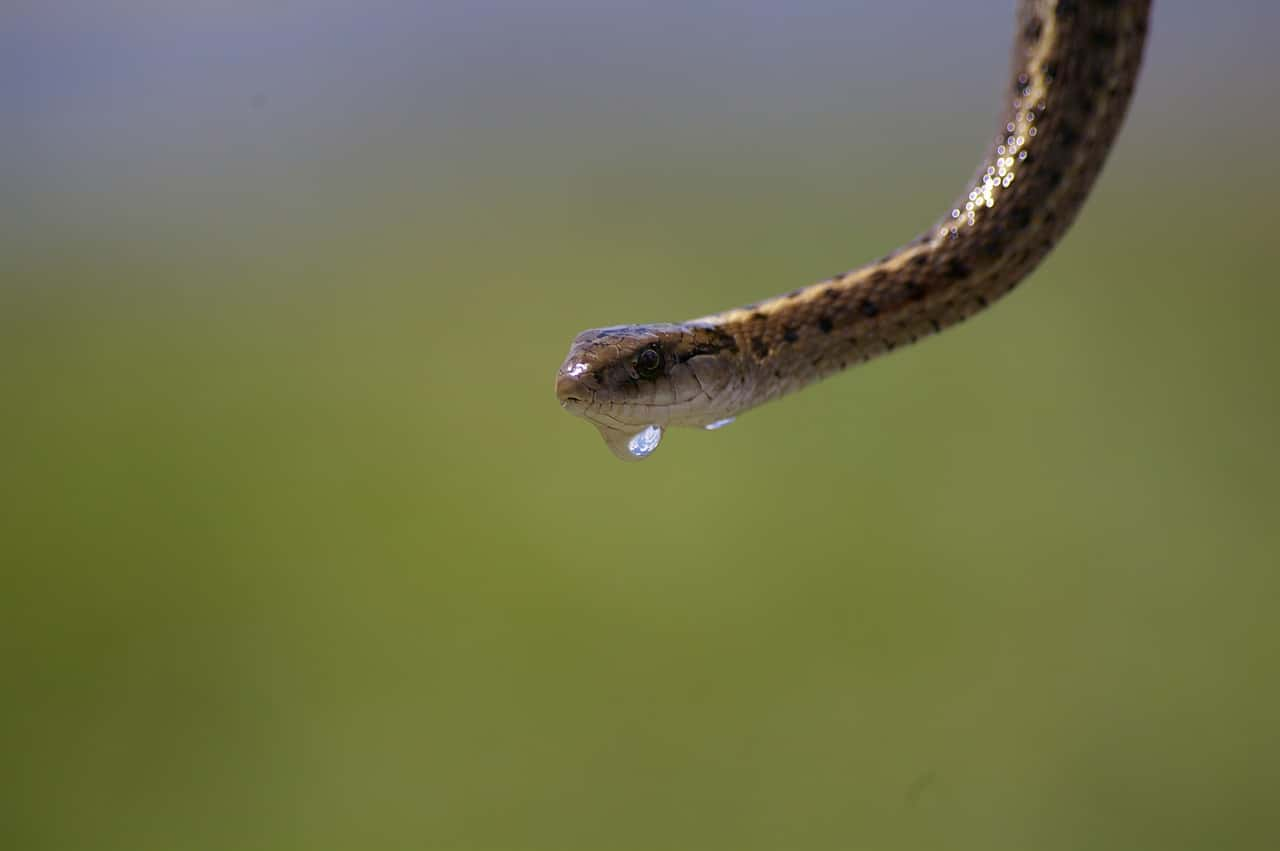Generally, people prefer to live with no evidence that our insect overlords are everywhere to be found; infestations remind us how vulnerable our living spaces really are. Here are some facts about the worst ones around.
1. “Diabolical Little Creatures”
Japanese beetles look beautiful, with an emerald green thorax and head and an iridescent copper-coloured body. However, these pretty little bugs aren’t so pleasant to live with: infestations of Japanese beetles pose a massive risk to plants and agriculture. One Colorado resident described the beetles are “diabolical little creatures” because of how difficult they are to eradicate.

2. Cloudy with a Chance of Grasshoppers
A 2014 grasshopper infestation in Albuquerque, New Mexico was so bad that the thick clouds of the winged insects could even be seen on the weather radar.
3. Cockroach Music
The Madagascar Hissing Cockroach is the only insect species that can make hissing sounds, which they do by releasing air from abdominal slits. This is different from other insect noises; insects like grasshoppers and crickets make noise by rubbing one body part against another, but only these cockroaches can hiss.
4. Bugnado
In 2011, massive swarms of midge bugs descended on Iowa, flying in vortex shapes nicknamed “bugnados” and posing a serious risk to agriculture in the area.
5. A Plague of Locusts
Remember those seven deadly plagues in the Christian Bible? Locusts is one of them for a reason. The desert locust, or Schistocerca gregaria, is primarily found in countries in Africa, the Middle East, and Asia. These bugs can travel in swarms across great distances, and are a major hazard to agricultural production. In the summer of 2004, countries in Western and Northern Africa experienced a huge plague of desert locusts, which devastated the farmlands in the areas, destroying USD $2.5 billion worth of harvest income.
6. Spider City
Spiders are generally solitary creatures, but there are a few species that will work together to create large communal webs where multiple spiders live at once. One especially dramatic communal web was discovered in Baltimore, Maryland in 2009 at the Baltimore Wastewater Treatment Plant. The massive communal web was over 4 acres in length, and the entomologists who responded to the Treatment Plant’s call for help estimated that 107 million spiders lived in it.
7. Bookish Bugs
The German Cockroach is one of the most common pests, infesting human dwellings worldwide. Part of what makes these roaches so resilient is how great they are at surviving on the smallest scraps of food: tiny crumbs left on the floor, dirty dishes, toothpaste residue—and even the bindings of books.
8. Post-Apoca-cricket
Did you know that piles of passed crickets smells like rotting flesh? Oklahomans sure learned this in 2013, when a massive infestation of crickets left mounds of passed bugs littering the streets and stinking up the neighbourhood.
9. New Smells
Prior to 1998, stink bugs, native to Asian countries like China and Taiwan, weren’t found anywhere on the North American continent. In 1998, the bug was accidentally introduced to Pennsylvania, and they’ve been a problem ever since. These bugs smell terrible, and they infest homes in massive numbers. One man in Maryland vacuumed up 8,000 stink bugs from his attic.
10. Submission
Ever wonder why cockroaches (and many other bugs) flip onto their backs once they’ve gone? It’s probably because they’ve been ended with pesticides: many common insect poisons cause convulsions and spasms in the insect, which often results in the insect violently flipping itself over.
11. Honeypot House
Loretta Yates of Ontario, Canada was surprised to see honey dripping from a crack in the ceiling of her home one summer morning. The culprit? 80,000 bees, all living in the ceiling and walls of the house.
12. Ankle Deep
In Schenectady, New York, 1979, officials responded to a complaint about a house on a quiet street. What they discovered wasn’t so peaceful: it was a house where a 64-year-old woman lived with two dozen dogs, 15 cats, two mice, a parrot—and so many cockroaches that newspapers at the time described the infestation as “ankle deep".
13. Ancient Bugs
Bed bugs might predate humans. A Czech scientist in 2012 published a genetic analysis that suggested that the species Cimex lectularius, the scientific name for bed bugs, might be 245,000 years old.
14. Blood Red Road
In 2003, parts of Utah, Idaho, and Nevada suffered one of the worst infestations of Mormon crickets ever recorded. These crickets move in swarms, eating everything in sight (including each other). Mormon crickets can change colours when they are in swarms: while solitary crickets are usually green or purple, once a swarm of Mormon crickets forms they will turn black, brown, or red. Farmer Duane Anderson reported that during the 2003 infestation in Utah, the roads were “blood red from smashed crickets".
15. Roach Sewer
In July of 2017, residents of the Bridesburg section of Philadelphia had a nasty surprise: A manhole at the intersection of Salmon and Plum street was suddenly surrounded by a huge amount of cockroaches, who started crawling out of the manhole en masse.
16. Meet the Babysitter
In 1991, officers removed a three year old child from a roach-infested apartment in Connecticut. While responding to a house call about domestic disturbance, the responding officer noticed the child sleeping on a nearby couch—with roaches crawling all over her body as she napped.
17. Vampire Bugs
Mealy bug infestations are familiar to any indoor gardening enthusiast. They are frequently found on houseplants, and tend to appear as a soft, fuzzy white mass around certain parts of the plant. Mealy bugs ends houseplants by sucking the juice from the plant, which causes leaves to yellow and drop.
18. Fire Ant Raft
In the days after Hurricane Harvey, residents of Houston noticed a particularly alarming phenomenon in the floodwaters: massive, seething rafts of fire ants. Fire ants live in the ground, which would theoretically make them more vulnerable to flooding—but these ants are crafty. When the colony senses that there is a disaster, the worker ants link together, using tiny hooks that they have on their limbs. They form a ball, with the queen and the eggs protected in the middle, which can float (ominously) through water.
19. Killer Bees
Killer bees, a particularly aggressive species of bee, are very dangerous. A swarm of bees in San Diego in 2017 descended on the Rodgers family, causing chaos. Mike Rodgers explained to a local news station that "They were coming in through the vents, they were coming in through the light fixtures in the ceiling, they were everywhere". The worst part? The swarm of bees ended the family dog, Toby. Not the dog!
20. Snack Time
In 2016, parts of Florida were infested by the aptly-named flesh eating screwworm. The insect is actually a kind of fly that lays its eggs in open wounds on an animal. Once the maggots are born, they feed on the live tissue of their host animal. The infestation was bad enough that Monroe County declared a state of emergency!
 Wikimedia Commons, Entomology, CSIRO
Wikimedia Commons, Entomology, CSIRO
21. Wake Up and Smell the Roaches
American cockroaches, called palmetto bugs in certain parts of the southern United States, create a distinct odor when an infestation has progressed far enough. These cockroaches produce a chemical called “aggregation pheromone,” which attracts other roaches and allows them to stay in groups. This chemical has a distinctive musty odor.
22. The Arachnid Mile
A neighbourhood in North Memphis, Tennessee was infested by a half-mile long spiderweb containing thousands, perhaps millions, of spiders. The species of spider turned out to be harmless, but the massive web and swaths of spiders understandably creeped out the locals. One resident told a local news that the neighborhood was “like a horror movie".
23. Bed Bug Babies
Bed bugs—easily one of the most hated pests in contemporary urban areas—have a rough life. They reproduce using a technique called “terrorizing insemination". The male bed bug will wound the female by stabbing her in the abdomen with a needle-like appendage and then inject sperm into the open wound. Yikes.
24. Snake House
It’s the stuff of infestation nightmares: The Sessions family in Idaho moved into a five bedroom house not far from Yellowstone National Park. It seemed like a great deal—but soon after moving in, the family found a garter snake in the house. No big deal, right? It was the countryside, after all, and encountering the occasional snake was to be expected. However, it quickly became clear that the house was properly infested with snakes. The family could hear the animals slithering inside the walls, and the grass outside the property was alive with the serpents. At one point, Ben Sessions ended 42 snakes in a single day.
Sources: 1, 2, 3, 4, 5, 6, 7, 8, 9, 10, 11, 12, 13, 14, 15, 16, 17, 18, 19, 20, 21, 22, 23, 24, 25, 26, 27

